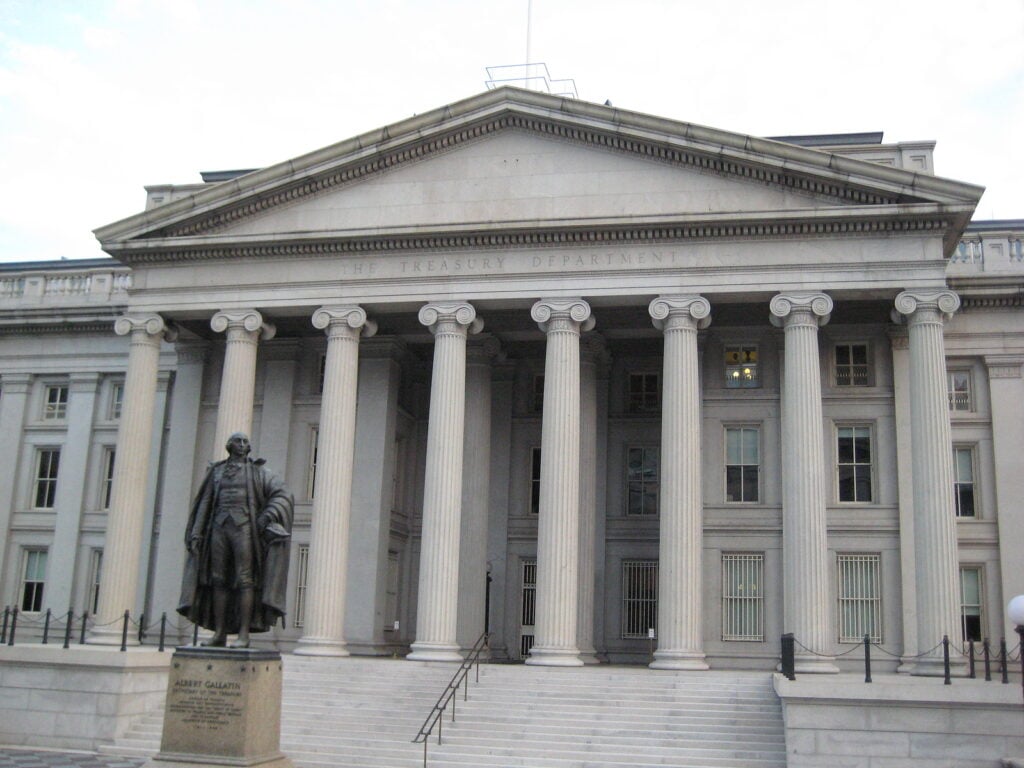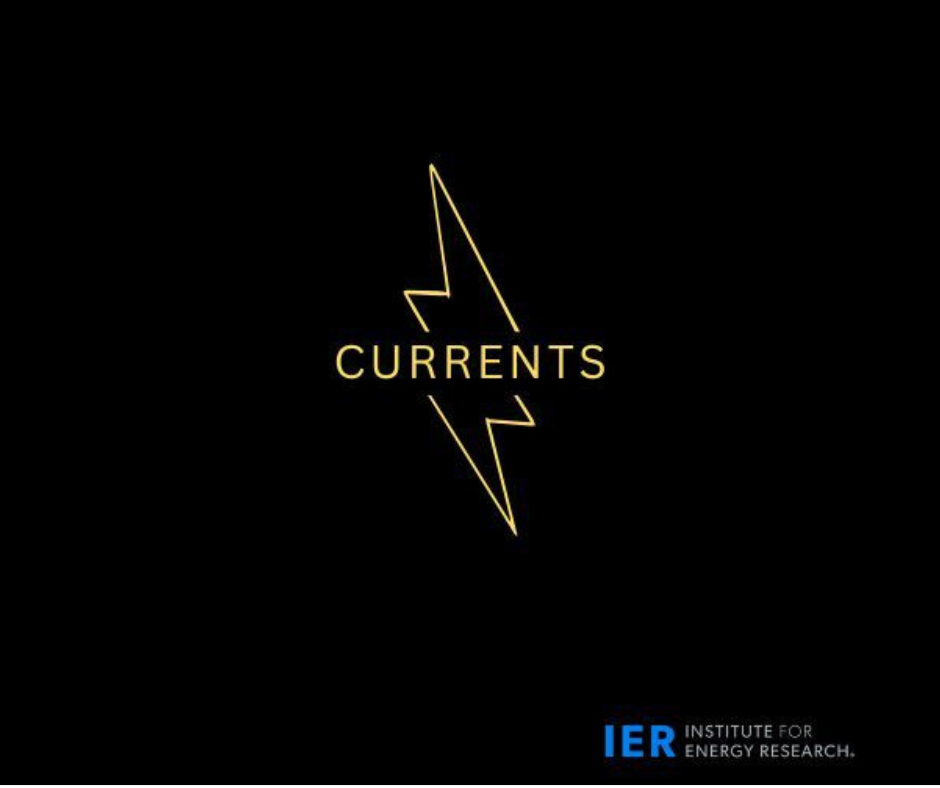Sen. Schumer Opposes Job-Creating KXL, Supports Job-Killing Wind Subsidies

Amid last week’s fierce Senate debate over the Keystone XL pipeline bill, Sen. Chuck Schumer of New York made light of the economic benefits of the pipeline when he said, “The fact is that the Keystone would create only 35 permanent jobs—a drop in the bucket. A fried chicken franchise creates about as many jobs.”
Schumer’s statement is economically illiterate, especially when you pair it with his support of Sen. Heitkamp’s amendment to extend the wind Production Tax Credit (PTC) for five years. He has a problem with a private project that creates jobs and generate tax revenue, but he supports massive public subsidies through the PTC that reduces the number of jobs overall.
Jobs, Jobs, Jobs for Oil Carriers!
Schumer “only 35 permanent jobs” argument is a favorite of those in opposition to Keystone XL. Schumer apparently believes that the more jobs a project creates, the better as opposed to asking whether a project makes economic sense. This is lunacy. For example, just think of how many jobs would be created if people physically carried the oil from Hardisty, Alberta to Cushing, Oklahoma. Millions of jobs could be created!
The Keystone XL will carry 830,000 barrels of oil a day. A barrel of oil is 42 gallons, so that’s 34,440,000 gallons a day. If a gallon of oil weighs 7 pounds and a person can carry 50 pounds that means it would take 4,800,000 people to carry the oil the Keystone XL would carry every day. According to Sen. Schumer’s logic, we shouldn’t use a pipeline, but instead TransCanada should hire 5 million people to carry oil! All our job problems would be solved!
It is obvious that this example is silly, but it illustrates Sen. Schumer’s logic. It isn’t a bad thing that the pipeline would only employ 35 people—it’s a great thing. This is how the free market works—it means that instead of millions of people carrying oil from Canada that the work is done by a mere 35 people. This frees up people to create value and be productive elsewhere in the economy. It does not make sense to hire people to carry oil when there are cost effective alternatives.
At Least the Keystone XL Creates Jobs—Unlike the Wind Production Tax Credit
But the wind PTC is different. With the Keystone XL, the TransCanada isn’t asking the federal government for a multi-billion dollar handout. All they are asking for a permission to cross the border. The wind PTC is multi-billion dollar handout and even Sen. Schumer should understand that multi-billion dollar handouts don’t come free.
The wind PTC does not create jobs on net, compared to an alternative policy in which the federal government refrains from using the tax code to pick winners and losers. Although the proponents of the PTC such as the American Wind Energy Association claim that failing to reauthorize the tax credit would “kill jobs,”[1] the money used to subsidize those jobs comes from taxpayers, not from thin air.[2] Rather than arbitrarily limiting tax credits to wind producers, generally returning the money to taxpayers would have “created jobs” as well—jobs that produce goods and services that Americans actually want. As we have pointed out:[3]
“At the end of last year [2012], the federal wind production tax credit was extended for another year. According to the Joint Committee on Taxation, this one-year extension of the PTC would cost $12.1 billion. The American Wind Energy Association, the lobby for the wind industry, claims that 37,000 jobs would have been lost if the PTC was not extended. This means that each job “saved” cost the U.S. Treasury $327,000. While the PTC…might “create” some identifiable jobs, they do not create jobs “on net.”
The money to pay for the PTC has to come from somewhere. In other words, if taxpayers were able to keep the money instead of it going to subsidies, the taxpayers would have spent the money and that spending would have created other jobs.
The question isn’t whether the PTC “creates jobs”—it’s whether it creates more jobs than it takes away from the rest of the economy. In Spain, for example, where the government pushed “green energy subsidies” aggressively, 2.2 jobs were lost for every “green job” that the subsidies supported.[4] This is why the PTC is not a job creator—the money has to come from somewhere.
35 Permanent Jobs is Greater than Jobs Destruction Caused by the PTC
The Senate’s Keystone bill is an attempt to authorize a privately funded project that has been waiting on federal approval for over six years. The pipeline would create thousands of jobs, strengthen the economy, and deliver affordable and reliable energy without relying on support from the federal government. The PTC amendment, on the other hand, was nothing more than an attempt to extend a taxpayer-funded handout to the wind industry. An extension of the PTC would cost taxpayers billions of dollars, raise electricity rates, and do little to create jobs for Americans.
If Sen. Schumer truly wants to put more Americans to work and strengthen our economy, he should spend less time blocking Keystone XL and more time cutting costly handouts like the wind PTC.
AEA Communications Director Chris Warren contributed to this post.
[1] AWEA, Federal Production Tax Credit for Wind Energy, http://www.awea.org/Advocacy/content.aspx?ItemNumber=797
[2] Strictly speaking, there is an important distinction to be made between a business receiving a reduction in its tax liability versus receiving an explicit subsidy check funded by other taxpayers. However, in practice this distinction is not very relevant for the PTC, because many projects use sophisticated financial maneuvering in order to offload the tax credit from the actual operation onto outside investors, effectively auctioning off the tax credit. This type of maneuvering is necessary because the operation in question doesn’t have a high enough tax liability to take full advantage of the PTC. That’s why so many environmentalists are pushing to make the PTC refundable, which would turn it into an outright welfare program for renewable power. See http://www.renewableenergyworld.com/rea/blog/post/2012/04/refundable-federal-tax-credit-could-remove-barrier-to-community-wind.
[3] Daniel Simmons, Testimony before the Ohio Senate Public Utilities Committee, American Energy Alliance, November 13, 2013, https://www.americanenergyalliance.org/wp-content/uploads/2013/11/Simmons-Testimony-for-Ohio-Public-Utilities-Committee-SB-58.pdf.
[4] Gabriel Calzada Alvarez, Study of the effects on employment of public aid to renewable energy sources, Universidad Rey de Juan Carlos, March 2009, http://www.juandemariana.org/pdf/090327-employment-public-aid-renewable.pdf.




